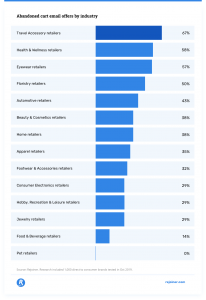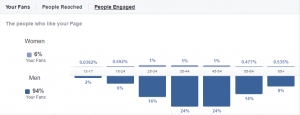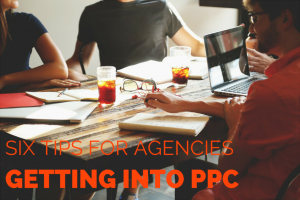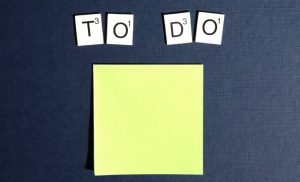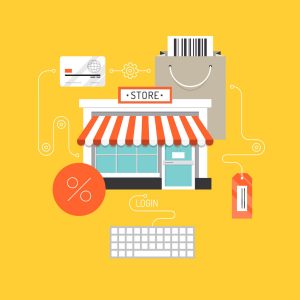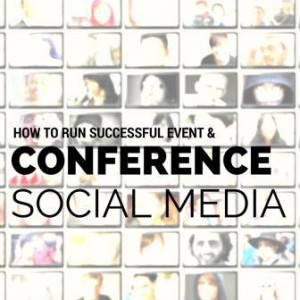Event-led growth is revolutionizing B2B event planning and execution, leading to higher engagement and measurable results.
Events play a crucial role in fostering connections and driving growth in B2B marketing. However, traditional methods of measuring event success often fall short.
Enter event-led growth (ELG) — a transformative strategy focused on win rates rather than mere attendance. This article tackles the limitations of traditional event metrics and how ELG is revolutionizing B2B marketing events.
The problem with traditional event metrics
In nearly 30 years of B2B events — as CMO, CRO and CEO — I rarely see companies successfully measure event results and when they do, it’s rarely a satisfying metric.
The most common and misguided metric is “revenue in the room” which isn’t much different than a car dealer measuring results as the total value of unsold cars on their lot. This steers decision-making to a volume metric that brings together as many prospective buyers as possible regardless of their commonality and stage of consideration, potentially diluting the power of connections and a specific, winning brand experience.
The better metric is win rate. For simplicity and speed, the win rate can be defined as “pipeline progression rate.” Did a qualified buyer move to the next stage due to the event experience?
When events are focused on win rate among the attendees, it transforms the event planning process from the start. Rather than four events of 400 people in a year, the event plan looks like 50 events of 32 people in a year. The 400-person event can be good, but it will take a lot of specific sessions to overcome the main hall sessions, which usually focus on broad use cases of your product. At some point, having dozens of sessions at one event is more difficult than having many smaller events with few, if any, sessions.
On the other hand, the 50 small events will have curated content, curated attendees and intentional experiences linking your brand to the interesting connections. The smaller events rely much less on serendipity while reliably producing authentic experiences. Your event staff, execs and account executives can join the unique behind-the-scenes conversations and build genuine connections.
Time and again, I’ve witnessed buyers in smaller events sail through the lengthy stages of product discovery and selection because their problem is aligned with the problems of the rest of the room, co-creating a narrative about solutions with your product.
Introducing event-led growth (ELG)
You’re not wrong to be intimidated by growing your event plan by 12x, but there’s no need to reinvent this wheel — it’s happening across the industry.
This trend toward a better metric is driving another movement: event-led growth. ELG is a rethinking of the go-to-market force that drives marketing strategy. The foundation of ELG was built on two other go-to-market motions:
- Sales-led growth (SLG), which brought us armies of SDRs and outbound sellers.
- Product-led growth (PLG), which brought us vast automations throughout the funnel.
Both lack what only events can bring: genuine human-to-human discovery.
Events people are building upon the foundations of PLG and SLG. Both movements are very metric and stage-driven. They measure the content that wins and loses and rapidly iterate toward winning.
An ELG plan has a higher volume of events, providing much more data, more iteration possibilities and experimentation. Experimentation and iteration are new skills for events and with some practice, they will transform your events and results.
Experimentation for events: champion and challenger thinking
We do experimentation to learn what works, and experimentation’s greatest outcome is rapid learning and gains in results. Marketers commonly call this “Champion/Challenger” experimentation by starting with the current process, the Champion, and finding at least one Challenger.
Start with the event format: maybe a VIP-style dinner with a brief presentation and networking session has been working as the Champion. This Champion format produces a tight range of win rates, deal sizes and pipeline progression rates. It’s essential to establish these benchmarks in advance.
Introduce the Challenger by brainstorming with your marketing team, account executives, and customer success managers. Get ideas and press the brainstorming teams on what and why each Challenger candidate might produce better results. As you select the Challenger, it’s important not to introduce too many changes or you will not know what produces the improvements.
Let’s say the Challenger event format is a VIP progressive dinner with five stations, each with a guided topic of conversation. In this simple example, we’ve changed two variables: instead of a single dinner we have multiple tasting stations and instead of a single presentation we have five guided conversations. The thesis may be that the win rate will improve as the attendees explore the problem together in more depth rather than jumping straight to the solution.
If all goes well, the Challenger beats the Champion and you quickly craft a new Challenger. Maybe the idea is to iterate on the guided discussion and have a final station where everyone works on a solution. Maybe remove food from the experience. Maybe change the definition of the attendees from VIP to something more specific around title, tenure, industry, etc. Definitely test sourcing of attendees: partners, AEs, customers, advertising, trade-show adjacencies, etc.
Iterating toward success: The ELG strategy in action
When we break down events, there are endless iteration possibilities, which produce insightful data possibilities. PLG and SLG were built on these data rails, so hijacking this workflow will not require re-inventing entirely new ways of working.
As event innovators iterate on a high-frequency basis, their event programs and win rate will look radically different in months. Those not innovating, iterating or driving a data-focused ELG strategy will repeat the same events long after their audiences have slowly churned.
The post Beyond attendance: Unlocking B2B growth with event-led strategies appeared first on MarTech.
MarTech(4)
